Popular Baseball Bat Models
See more Popular Baseball Bat Models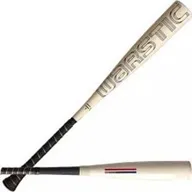
Warstic Bonesaber
187 Available

Louisville Slugger Atlas
221 Available

Louisville Slugger Select PWR
280 Available

Easton ADV 360
372 Available
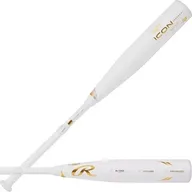
Rawlings Icon
407 Available
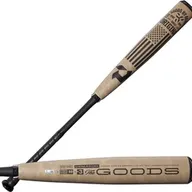
DeMarini The Goods
981 Available

Marucci CAT X
727 Available
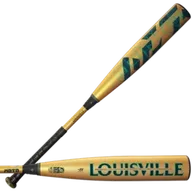
Louisville Slugger Meta
1624 Available

Marucci CAT X Connect
292 Available

DeMarini CF
1080 Available
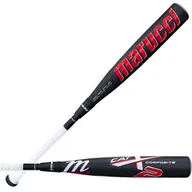
Marucci CAT9
1048 Available
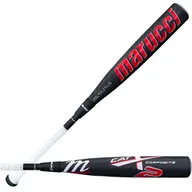
Marucci CAT X Composite
703 Available
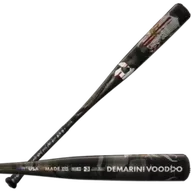
DeMarini Voodoo One
669 Available
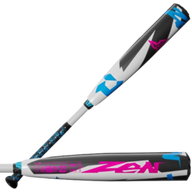
DeMarini CF Zen
680 Available
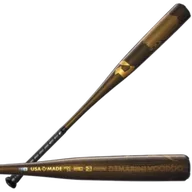
DeMarini Voodoo
490 Available

DeMarini Zoa
573 Available

Rawlings Clout AI
57 Available

Victus Vibe
212 Available

Marucci F5
280 Available
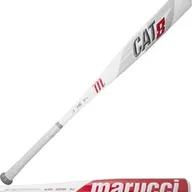
Marucci CAT8
493 Available
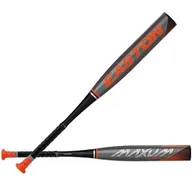
Easton Maxum Ultra
81 Available
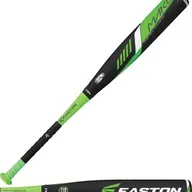
Easton Mako
781 Available
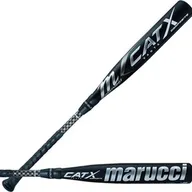
Marucci CAT
619 Available

Easton Speed
287 Available
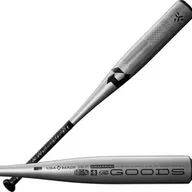
DeMarini The Goods One Piece
118 Available
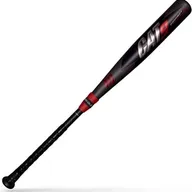
Marucci CAT9 Connect
379 Available
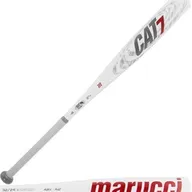
Marucci CAT7
299 Available
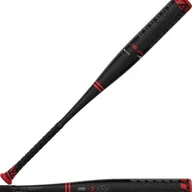
Easton Alpha ALX
262 Available
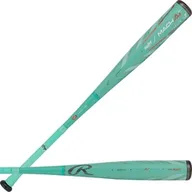
Rawlings Mach AI
124 Available
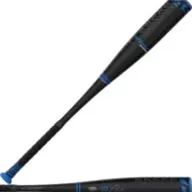
Easton Encore Hybrid
58 Available
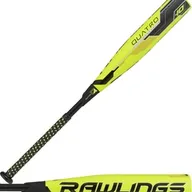
Rawlings Quatro
106 Available
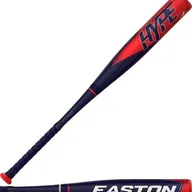
Easton ADV Hype
272 Available
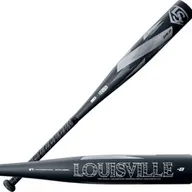
Louisville Slugger Solo
336 Available
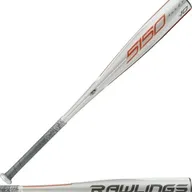
Rawlings 5150
383 Available
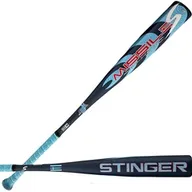
Stinger Stinger Missile
56 Available
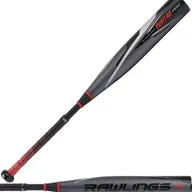
Rawlings Quatro Pro
124 Available
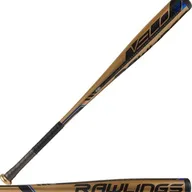
Rawlings Velo
477 Available

Victus Nox
437 Available

Victus Vandal
216 Available
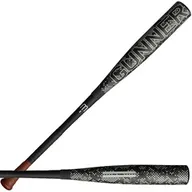
Warstic Gunner
66 Available

Easton MAV1
201 Available
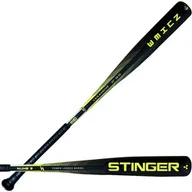
Stinger Nuke
56 Available
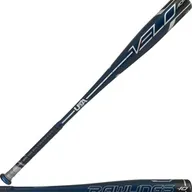
Rawlings Velo ACP
124 Available
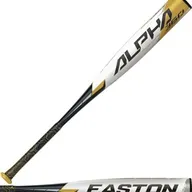
Easton Alpha 360
151 Available

Easton Z-Core
85 Available
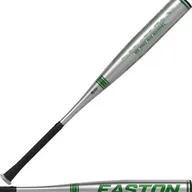
Easton B5 Pro
80 Available

Easton Rope
80 Available
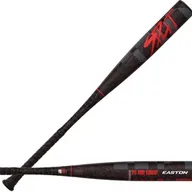
Easton SPLIT
53 Available
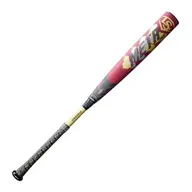
Louisville Slugger Meta PWR
49 Available

Adidas Aero Burner
28 Available
Trending Bat Listings
See more
MMATT152

larrydmartinez7

KyeL7

sportsxchange
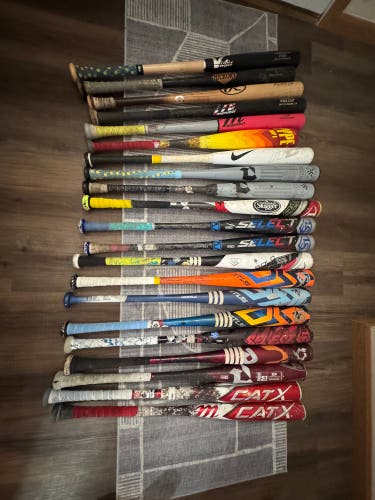
Gaitheraidan

jakescherrer
IMMACULATE - 2024 DeMarini Voodoo One BBCOR Certified Bat (-3) Alloy 29 oz 32" (Used)
$130
Retail price: $400
Talley118

sportsxchange

813_bats

813_bats

jmpiombo
3,138 Results

Calicruz6
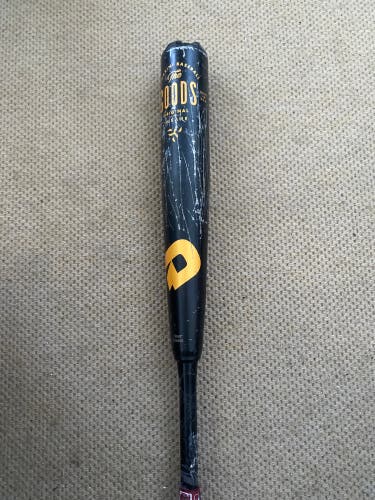
Bwalsh1234
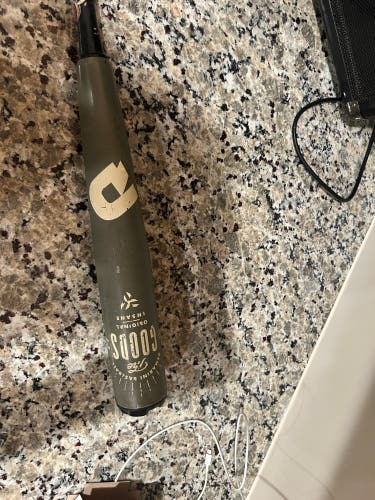
twarner

piaslongmont

Thehittingshack

TuffD
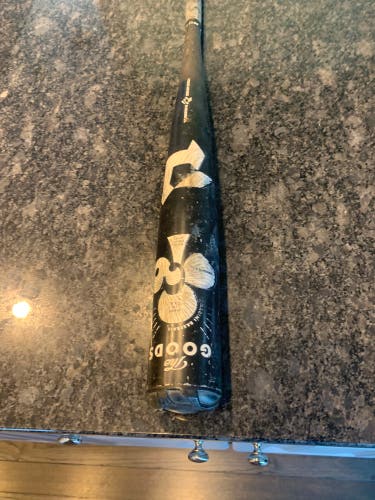
jeffmk
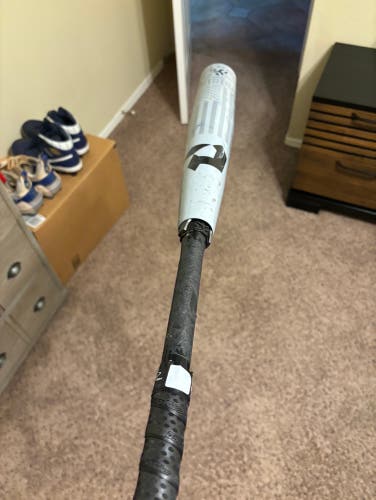
jxshsznn

JJ999999
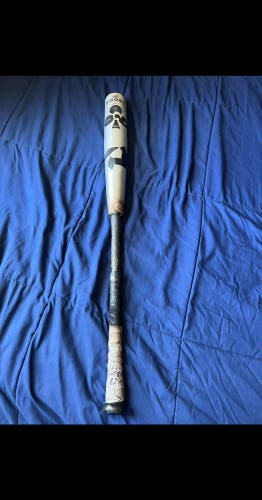
TMinich

Chino_Huerta24
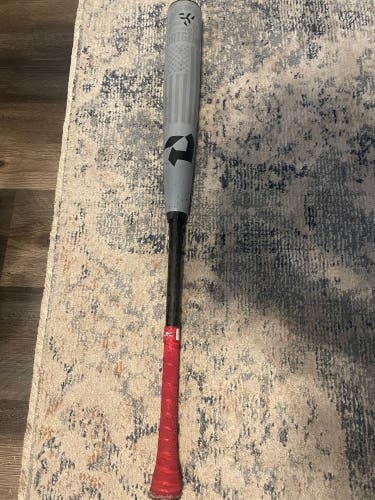
Nathaniel1705

masondevillier

thebaseballtrunk

dylanjoh

ReplayOwasso

jfievwilson

dylanjoh
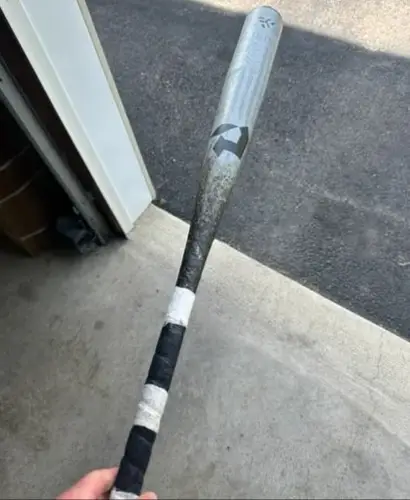
iksool

tyreepalms
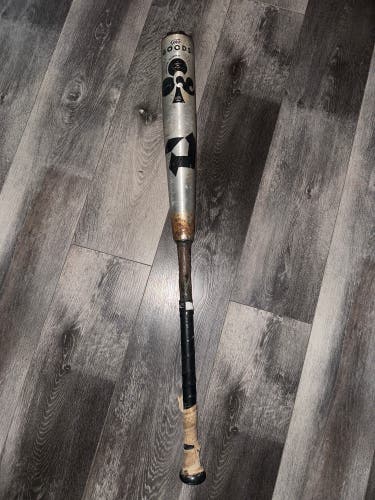
Dylanwelch

Ryale28
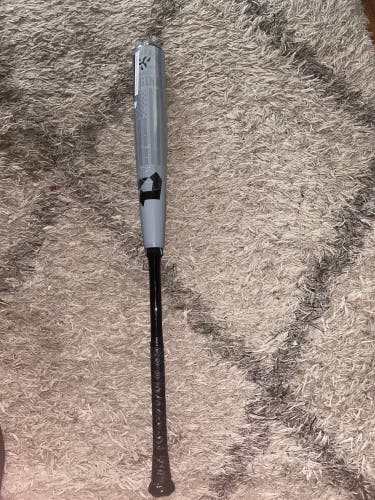
Jdstemhagen
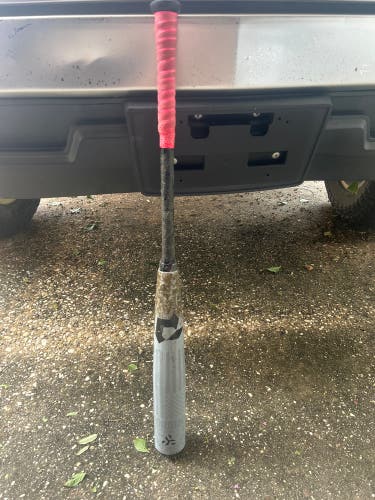
vwelter18

ajallen24
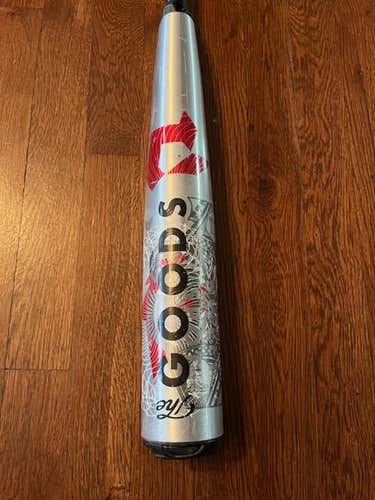
Sandman638
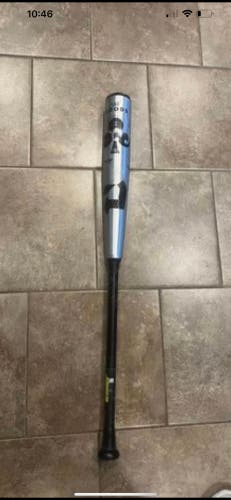
Ld1058

ballerswag2005
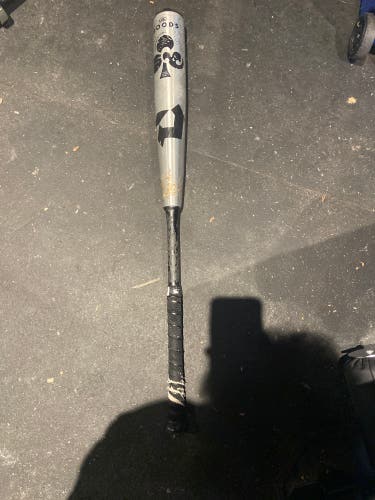
troy_26

cbreezy6

Strike_Zone
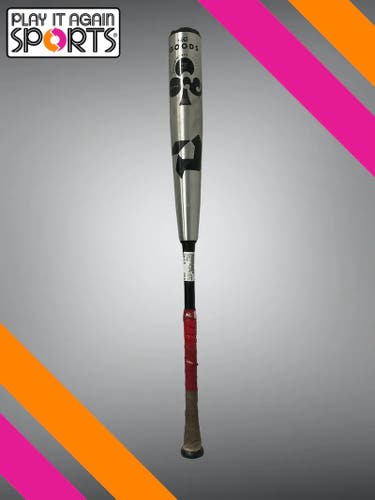
PIASLincolnNE
Related Articles
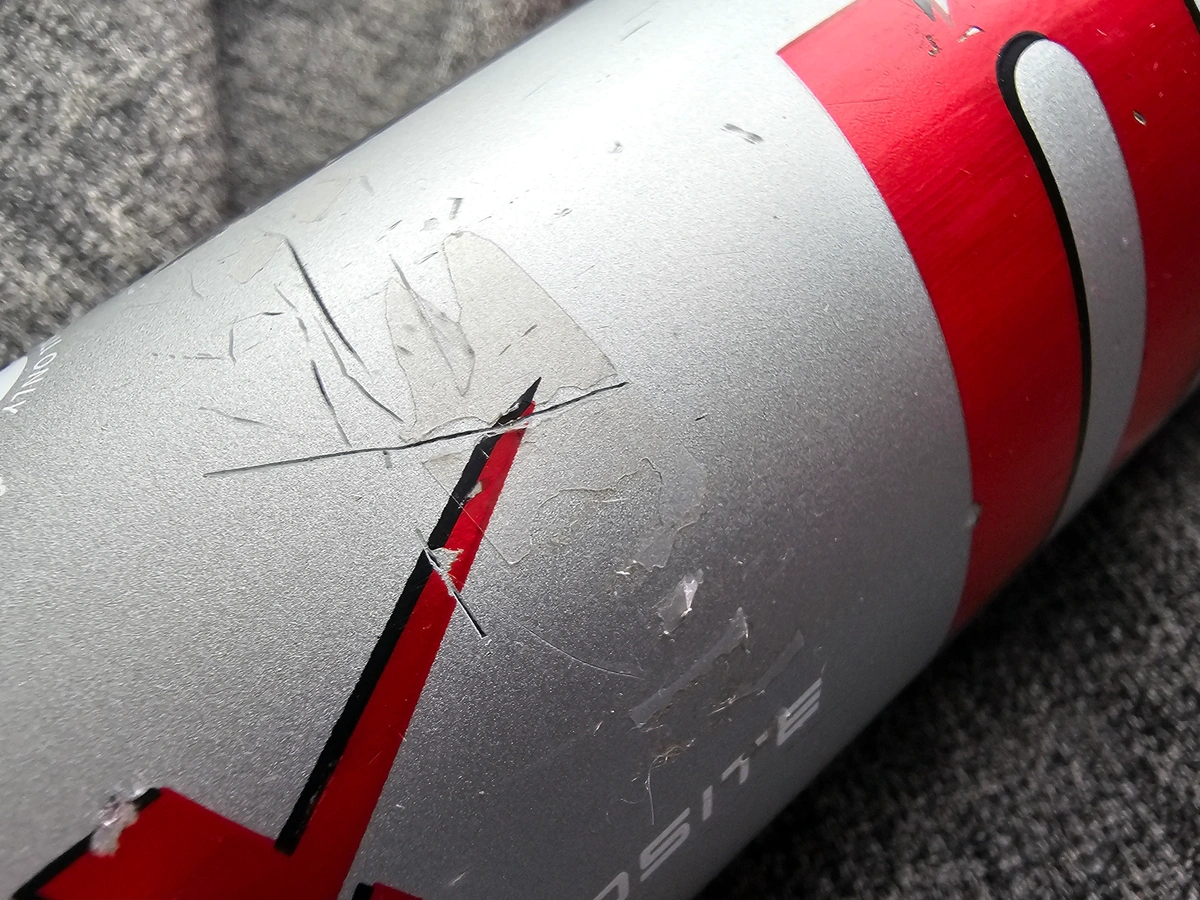
Signs You Need to Replace Your Baseball Bat
A trusty bat, perfectly balanced and broken in, allows you to unleash powerful hits with confidence. But even the most cherished bat can't last forever.
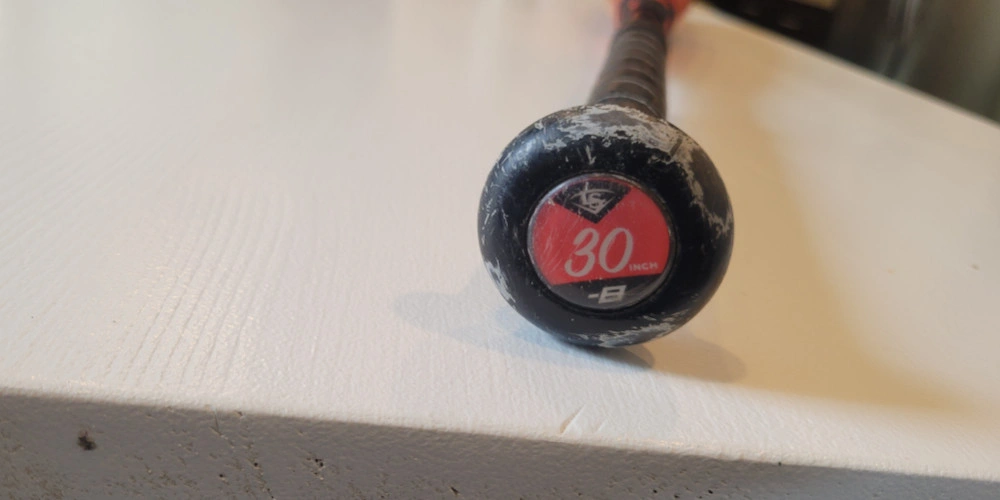
Buying a Used Baseball or Softball Bat
Looking to save big on used bats? Here's a brief checklist that our trade-in team uses to determine whether a used baseball or softball bat is worth buying.
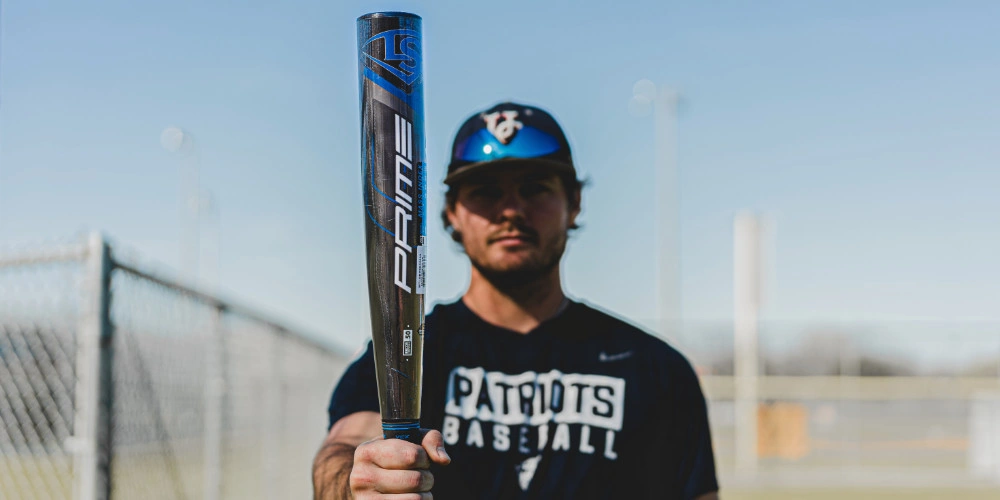
How to Ship A Baseball Bat
If you're looking to sell your bat, we've got a few tips to help you ship them safely.

